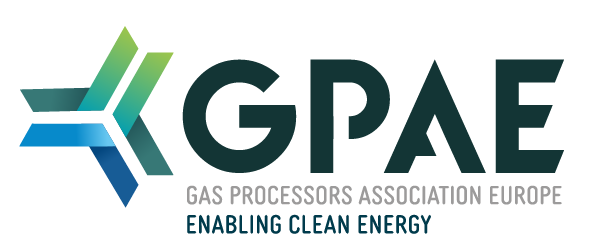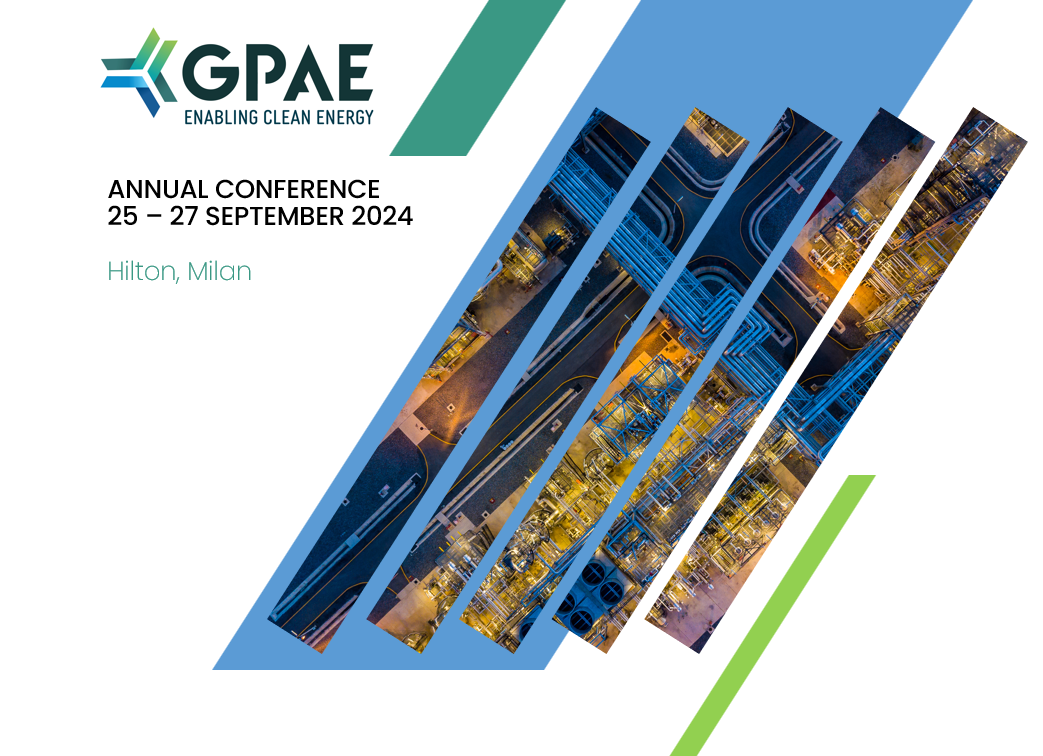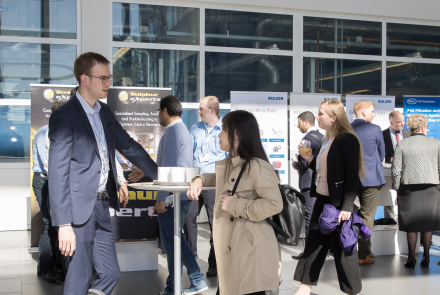Welcome to our Annual Conference
25 - 27 September 2024
Hilton Hotel, Milan
A conference and networking event organised by GPA Europe, organised for the European Gas Processing Industry.
One of the strengths of GPA Europe is the large number of people who have been active members of our organisation and the industry for many years.
Programme coming soon.
Become a Sponsor
We are seeking Sponsors - Highlight your institution - Discover our sponsorship and exhibition packages and please get in touch with us today for more information.
Sponsorship and Exhibition Brochure
Get involved today
Don’t miss out! Save the date!
Don't forget to connect with us on LinkedIn and join us on Facebook.


